Desarrollo y transferibilidad de los microsatélites en Prunus y su aplicación en estudios de variabilidad
dc.contributor
Universitat de Lleida. Departament de Producció Vegetal i Ciència Forestal
dc.contributor.author
Mnejja Abd Mouleh, Mourad
dc.date.accessioned
2015-03-17T09:15:05Z
dc.date.available
2015-03-17T09:15:05Z
dc.date.issued
2015-02-27
dc.identifier.uri
http://hdl.handle.net/10803/286780
dc.description.abstract
The Prunus genus belongs to the Rosaceae family and includes stone fruit crops such as peach (P. persica), apricot (P. armeniaca), European plum (P. domestica), Japanese plum (P. salicina), sweet cherry (P. avium) and sour cherry (P. cerasus), as well as almond (P. dulcis), a species cultivated for its seeds. This work aims to develop simple-sequence repeat (SSR) or microsatellite markers in almond and Japanese plum, the only two diploid Prunus species lacking these markers when this thesis began, and to study their variability in a collection of cultivars of each species. In addition, we studied the transferability of the microsatellites obtained from Prunus in other cultivated rosaceous species, including six Prunus species, and three other genus: apple (Malus x domestica), pear (Pyrus comunis) and octoploid strawberry (Fragaria x ananassa).
To develop new microsatellite markers, we used two methods: one from enriched DNA genomic library (for sequences CT/AG), for which we obtained 31 SSRs in almond and 27 in Japanese plum, and another using the available sequences of ESTs (expressed sequence tags) of almond (22 SSRs) and peach (25 SSRs). All these microsatellites were polymorphic in a set of eight cultivars of their respective species.
We used the obtained markers in an extensive collection of almond varieties (30) to study their genetic variability using 47 microsatellites derived from this species (25 genomic and 22 derived from ESTs). A similar study was conducted in 38 varieties of Japanese plum with 27 genomic SSRs obtained in this species. These markers were highly variable in both species, with an average of 7.3 alleles per locus in almond and 7.2 in Japanese plum, allowing us to distinguish individually all the studied genotypes. Our data indicated that the SSRs of the same species are more variable than those developed in other related species. In addition, in almond we found that the microsatellites derived from ESTs, and particularly those located in coding regions, were less variable than those obtained from genomic sequence.
The grouping of the studied varieties in function of their genetic distance (dendrogram) or their population structure was quite similar both in almond and Japanese plum. The almond varieties were grouped by their geographical origin and their flowering time, whereas the Japanese plum varieties, of recent origin and largely developed in the United States, were clustered according to the breeding programs of the different States they were obtained.
A total of 145 Prunus SSRs [25 genomic from almond, peach and Japanese plum, 25 ESTs derived from peach, 22 ESTs derived from almond and 23 derived from apricot (10 genomic and 13 from ESTs)] were chosen to study transferability, all polymorphic and identifying a single locus in the origin species. These microsatellites were studied in eight varieties of the following nine species: almond, peach, European plum, Japanese plum, apricot, sweet cherry, apple, pear and strawberry. Eighty-three percent (83%) of these markers amplified bands of the expected size in the other Prunus species and 63.9% were polymorphic, indicating the high transferability within this genus. This transferability decreased as the genetic distance between the species origin of the SSR and the studied species increased. Thus, only 16.3% of the tested SSRs were transferable to species of other rosaceous genera (apple, pear and strawberry). No significant differences were detected between microsatellites of different origins (genomic and ESTs) regarding their transferability, nor their capacity to detect variability.
From the studied SSRs, 31 amplified and were polymorphic in all tested Prunus species. Twelve, selected to cover the whole genome, were proposed as the universal set for the analysis of variability in Prunus.
eng
dc.format.extent
216 p.
dc.format.mimetype
application/pdf
dc.language.iso
spa
dc.publisher
Universitat de Lleida
dc.rights.license
L'accés als continguts d'aquesta tesi queda condicionat a l'acceptació de les condicions d'ús establertes per la següent llicència Creative Commons: http://creativecommons.org/licenses/by-nc-nd/3.0/es/
dc.rights.uri
http://creativecommons.org/licenses/by-nc-nd/3.0/es/
*
dc.source
TDX (Tesis Doctorals en Xarxa)
dc.subject
Microsatèl·lit
dc.subject
Transferibilitat
dc.subject
Variabilitat
dc.subject
Microsatélites
dc.subject
Transferibilidad
dc.subject
Variabilidad
dc.subject
Microsatellites
dc.subject
Transferability
dc.subject
Variability
dc.subject
Prunus
dc.subject.other
Genètica
dc.title
Desarrollo y transferibilidad de los microsatélites en Prunus y su aplicación en estudios de variabilidad
dc.type
info:eu-repo/semantics/doctoralThesis
dc.type
info:eu-repo/semantics/publishedVersion
dc.subject.udc
575
cat
dc.contributor.director
Arús i Gorina, Pere
dc.contributor.director
Garcia Mas, Jordi
dc.contributor.tutor
Martín Sánchez, Juan Antonio
dc.embargo.terms
cap
dc.rights.accessLevel
info:eu-repo/semantics/openAccess
dc.identifier.dl
L.233-2015


